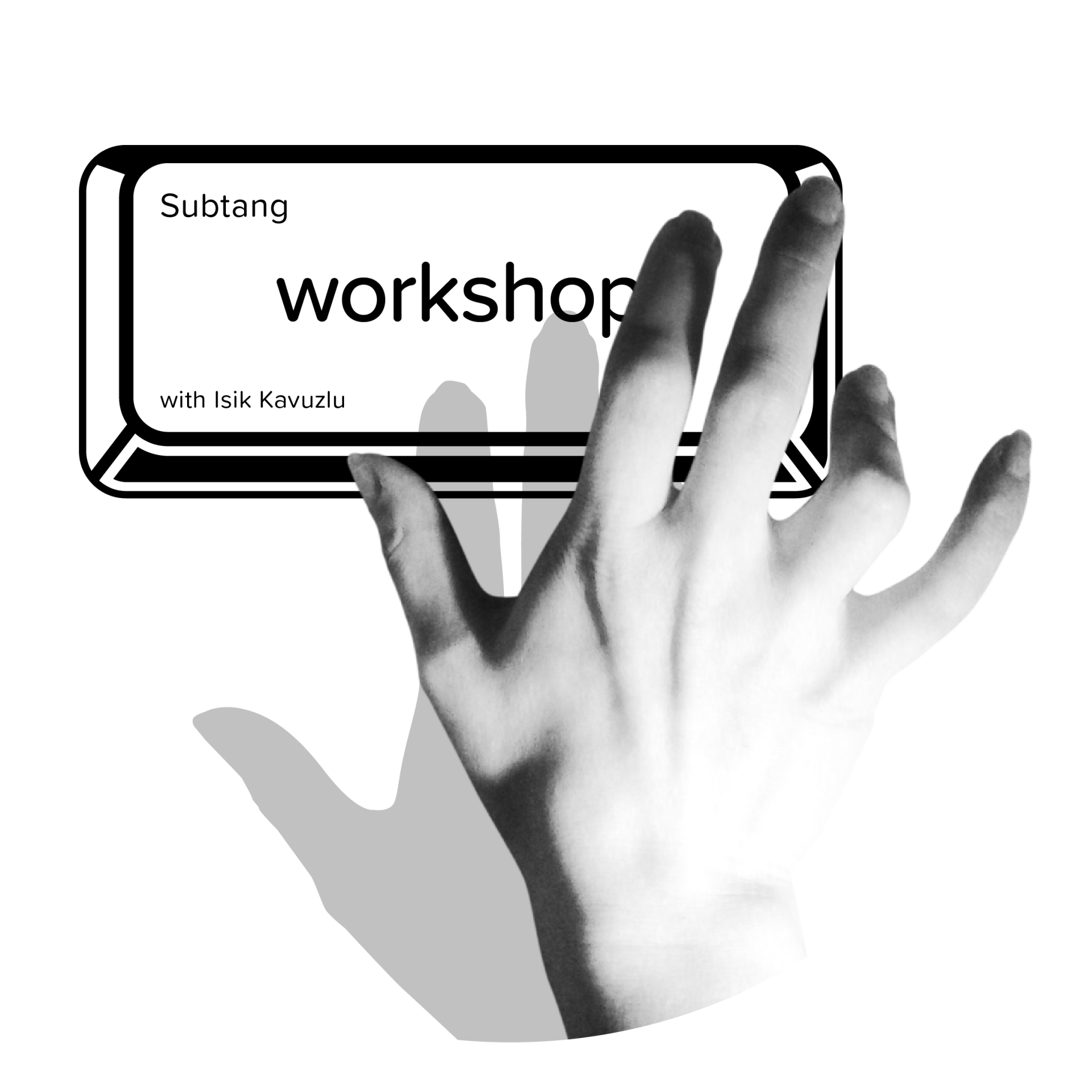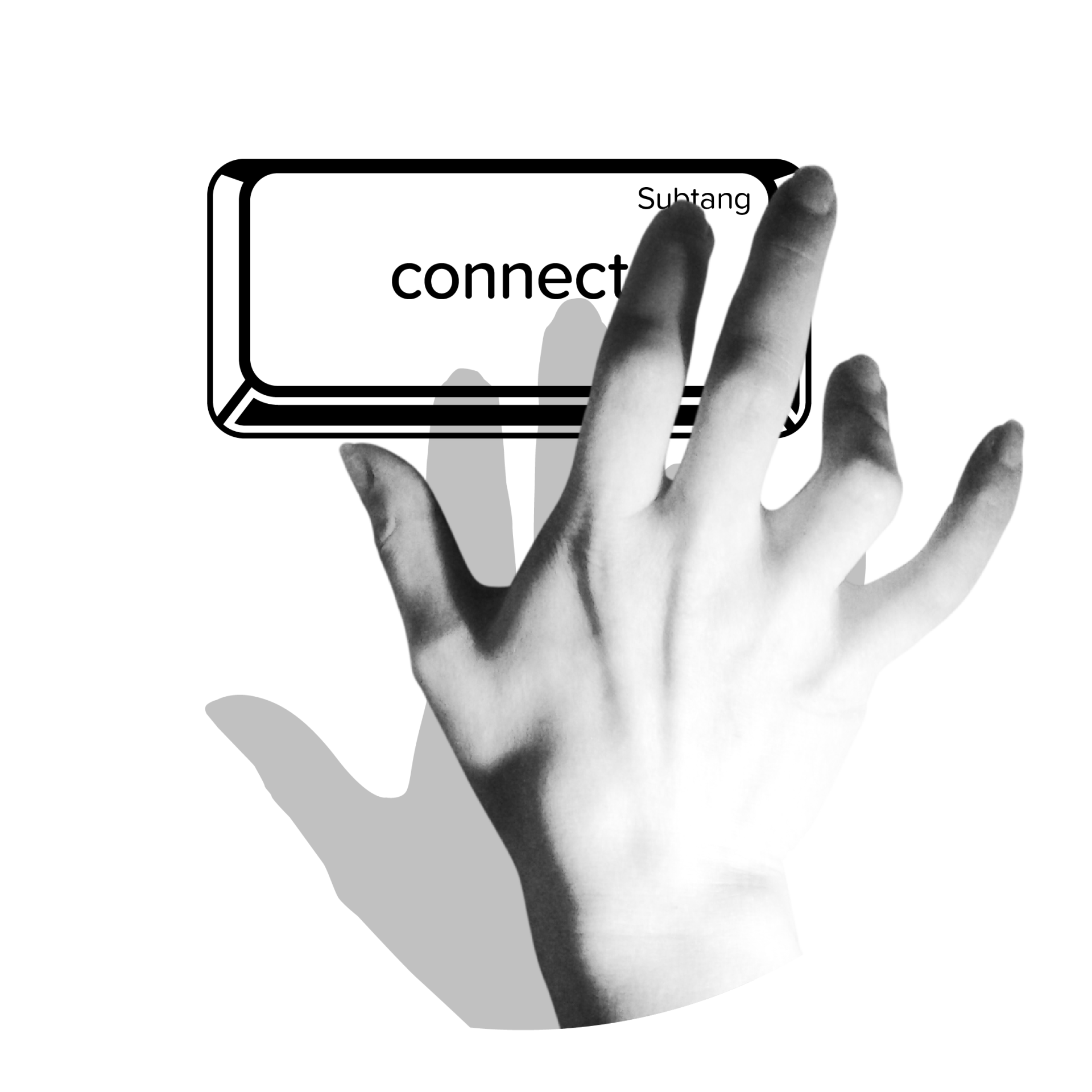Get back to Playground and learn to connect
Get back to Playground and learn to connect
Emotion is not fixed. Conditions regenerate it
Playground is a four-week process created to enhance emotional maturity through repetition, observation, and play. It brings us back to ground zero to reset our primary emotions. So we can learn to establish genuine connections.
How comewe still struggle?
Are we missing something on how emotions operate at a system level?
Global
EI scores
fell by
5.54%
State of the Heart: 2024 Report
The
annual
cost is
$154
billion
Cigna research
Burnout in 65% of sectors between 2021 and 2023
State of the Heart: 2024 Report
Emotion makes us human, but we often misunderstand it because we fail to consider a critical fact about an unconscious system that generates it. The limbic system forms connections through emotion to keep our internal balance in check, but it cannot speak a word.
The communication language of an early developed system that began through the mother-fetus limbic connectivity long before higher cognitive functions emerged cannot operate at a conscious level and use words. Thoughts and words complicate things, leading us to ignore emotional feedback and leaving connection problems unsolved.
This system may only use loose and transient signals to demonstrate our security status, like “safe” and “unsafe,” along with four directional stages involving “forth” or “back” movements, “in,” or “out” if the situation is unsafe. So, we can rapidly position ourselves without needing a word.
The five primary emotions—Fear, Anger, Sadness, Anxiety, and Joy— represent one of these states. They are commands for expansion, movement, or immobility that connect us to others, the environment, and ourselves.
WHY TO CONNECT?
We’re wired-to-connect creatures
In the physical world, we expand and get where we want to be through connections. Struggling to maintain connections or not establishing them at all causes prolonged stress. We become disconnected and accumulate dark patterns available in the field.
MEET The Founder | Instructor | Design Director
Welcome in
I am Isik Kavuzlu, a design director who creates design solutions that promote human maturity. I specialize in identifying and explaining pattern structures in complex systems, especially human behavior, so you can see the conflict in your behavior without interference.
EMOTIONAL MATURITY SERIES
Playground
Imagine living in a society made up of individuals and leaders who focus on solutions rather than engaging in delusional loops; a society that concerns people’s natural state in the first encounter with the unknown; an adaptive culture that welcomes change, innocent receptivity, and creativity; what we call life.
Playground
Regulate emotions to change your perception
We perform 57 destructive behavioral patterns—varying across cultures—under intense stress.
Our reaction to a situation isn’t emotion. Playground uses a model that reflects emotional processing. It helps us clear confusion and better understand emotion.
I examined hundreds of case studies published in the United States and everyday conversations, looking for a pattern in the keywords.
Isik kavuzlu
Invest to connect
Any burning questions or thoughts you’d like to share?
Alexander Grigorian
Will Mu
@ Pexels
Waldemar Nowak
Bri Schneiter
Dziana Hasanbekava
Lisa Fotios



